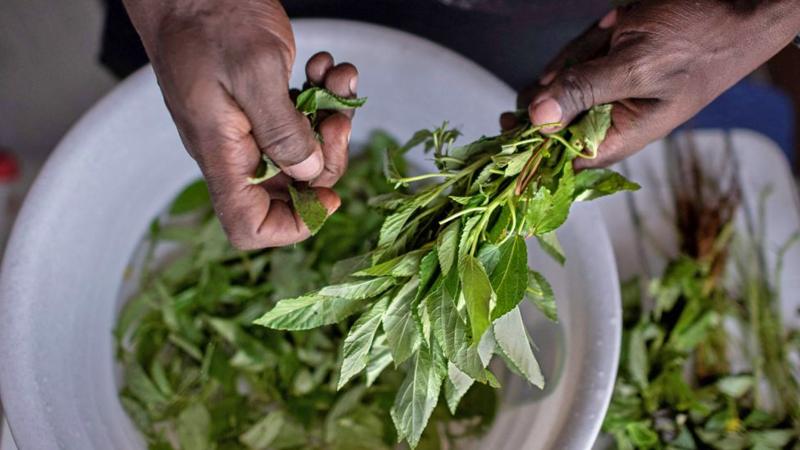Summary
Indigenous leafy vegetables in Kenya, once considered weeds or poor man's food, are now gaining popularity. People are choosing these local greens due to their nutritional benefits, and production has doubled in the past decade, supported by research and government initiatives.
Key Facts
- Indigenous vegetables like mrenda, managu, and terere are now widely grown and eaten in Kenya.
- These vegetables are richer in nutrients like vitamin A, C, and antioxidants compared to introduced greens such as cabbage.
- The demand for local greens, called "kienyeji," is increasing in markets and restaurants.
- Production of indigenous greens has grown significantly, with 300,000 tonnes produced last year.
- The shift towards traditional vegetables is partly due to their resistance to diseases and pests, allowing organic growth.
- Prof. Mary Abukutsa-Onyango has championed research and awareness of these vegetables since the 1980s.
- In 2021, Unesco recognized Kenya's efforts in preserving its traditional food culture.
- Despite the rise, vegetables like sukumawiki, a non-native green introduced as animal feed, remain widely farmed.
